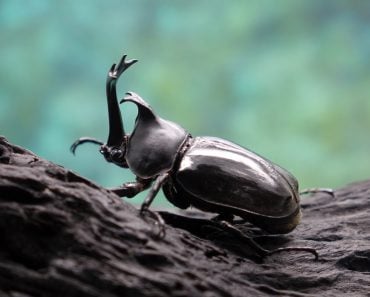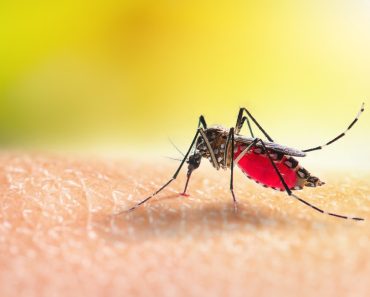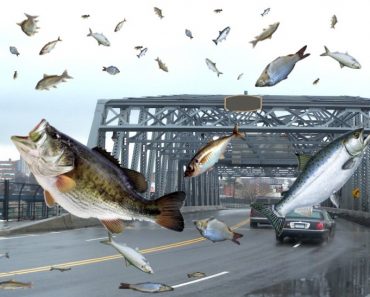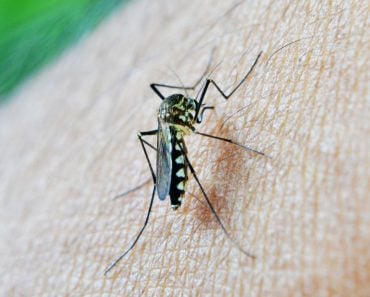Table of Contents (click to expand)
Insects have a variety of strategies for bad weather, including hiding from the downpour, dodging and deflecting the drops, or even using the bad weather to their advantage!
A good thunderstorm is always welcome amid a hot and sticky summer, bringing much-needed relief from the sweltering heat. Humans react to precipitation in a number of ways—umbrellas, waterproof clothing, and staying indoors, but most other creatures on the planet don’t have a little umbrella to carry around. In particular, there are hundreds of billions of insects on this planet, many of which are used to flying through the air, that must occasionally deal with falling droplets of death from above!
So… how do insects handle rainy weather? Where do flies and insects go during storms?
Recommended Video for you:
Unique Challenges Of Insects
Being tiny, agile, and able to fly are advantages of insects, but in the case of inclement weather, such as a storm or cold weather, those same characteristics don’t reap the same rewards. Insects are ectothermic, meaning that the temperature of their small bodies reacts to the outside surroundings; when the weather is cold, the metabolism of insects slows down, as do their activity levels; on the other hand, in warm temperatures, insects are energized and highly active.
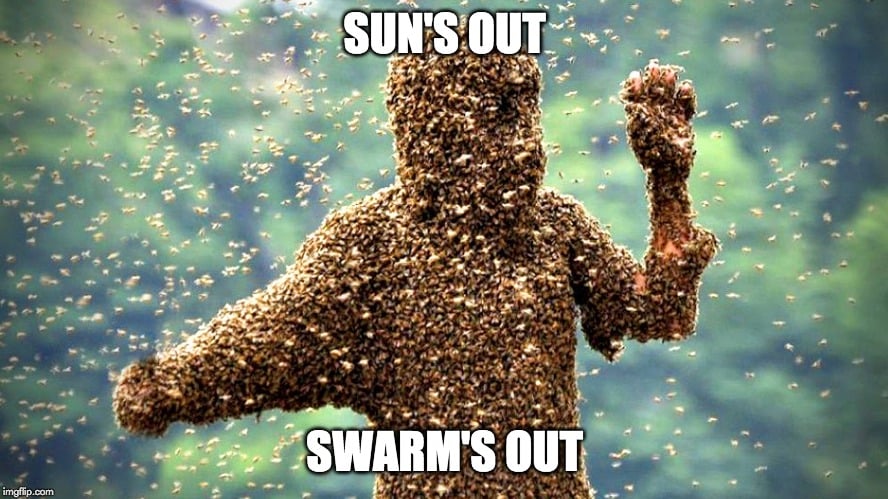
When an insect gets wet, the water adds additional weight, meaning it takes more energy to fly its heavier body around. Water can also cause the wings of some insects to stick together. Combined with lethargy from the cold, insects become vulnerable, and decidedly less agile, during storms. And add to all this the energy it takes to fly as strong gusts of wind threaten to drag you off course.
The strong exoskeleton of most insects will allow them to be buffeted into objects without any critical damage, but it is probably an exhausting process.
Finally, raindrops fall at an average speed of 10 meters per second (about 22 miles per hour). This is insignificant for us, but this is a massive amount for most insects the size of a rice grain or a grape. For small insects, a raindrop the same size as it is a very dangerous thing.
But, observe nature and you’ll see that, though small, insects have ways, sometimes very ingenious ways, to deal with rain and storms.
Taking Cover Vs Taking Advantage
In the face of rain, many insects do the logical thing and seek shelter. A multitude of species have shown a sensitivity to changes in air pressure, allowing them to predict when rain or bad weather is going to strike. In anticipation of this, they can find shelter by burrowing into logs or underground or taking a respite underneath leaves, undergrowth, rocks, or the eaves of buildings. Get out of the sky and under a safe log.
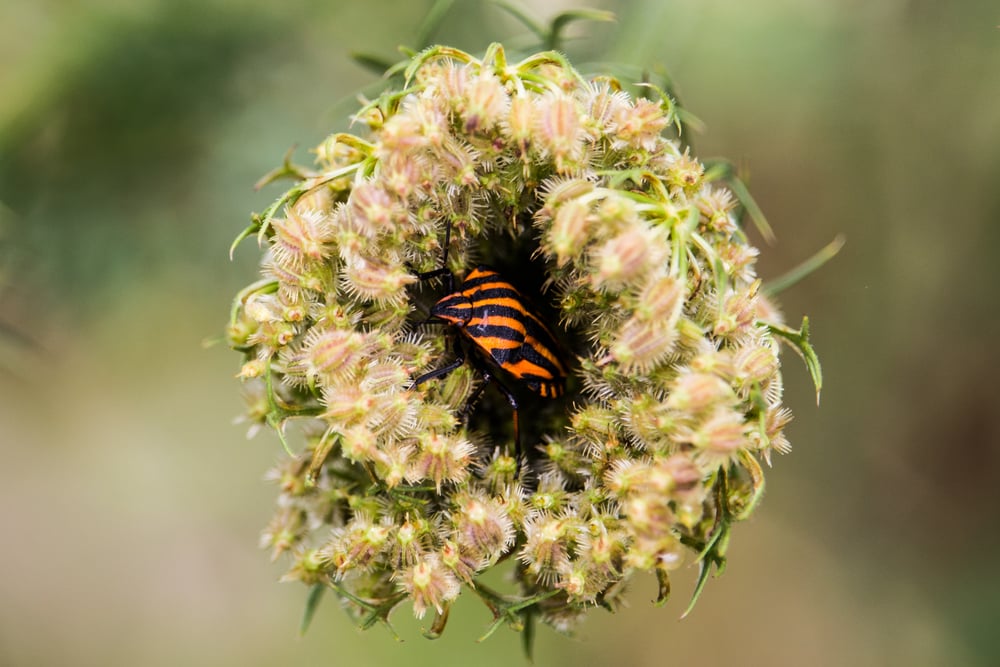
However, this isn’t the case for all insects, as some are better equipped to withstand the harsh winds and violent impacts from raindrops. Larger insects, such as beetles and dragonflies, are hardier and more capable of withstanding the impact of raindrops and have greater control over their flight patterns in the wind.
For some insects, the rains bring on their mating season.
For the leafcutter ants, the mating season comes after storms that usually occur in late summer or early fall. The queens and the males emerge from their nest to fly and mate. If it doesn’t rain, they don’t mate.
Unlike the leafcutter ants, the rain beetles emerge in the early morning during the rain. The males and females live their whole lives underground. With the rain, the females come closer to the surface and release their pheromones. The male beetles leave their underground abode and fly in the rain to find a female.
Mosquitoes Can Fly Despite The Rain
Annoyingly, mosquitoes also seem uniquely capable of surviving downpours of rain, despite their minuscule size and weight. Research has shown that mosquitoes don’t actually slow the impact of raindrops considerably, and therefore take less of an impact from the raindrop. Rather than resisting the impact, a mosquito will “ride the wave”, so to speak, and may plummet a few dozen feet before escaping out from beneath the raindrop.
Uniquely water-resistant hairs all over the insect’s body repel the water and the mosquito is light enough to slide out from under the drop and continue on its flight toward the nearest blood-filled creature.
While being constantly bombarded and plunged toward the ground may seem frustrating, with so many other insects hiding or biding their time, mosquitoes can take advantage of a cleared playing field in their search for food.
Dealing With The Cold
With the rain comes the cold. Honeybees shive and huddle together to tackle the cold. They also flutter their wings at high frequencies. The motor muscles in the wings generate heat which keeps the bees warm. The snow flea, meanwhile, has anti-freeze protein in its blood (or more accurately hemolymph) that keeps it from freezing over in the winter!
A Final Word
Most humans try to avoid walking around in the rain, though there are those who truly enjoy it, and make the most of the downpour. Similarly, most insects will try to seek cover and avoid getting wet or cold until the rains pass, but there are certain species who revel in the advantage (and potential mating) that a good rainfall can bring!
References (click to expand)
- Dickerson, A. K., Shankles, P. G., Madhavan, N. M., & Hu, D. L. (2012, June 4). Mosquitoes survive raindrop collisions by virtue of their low mass. Proceedings of the National Academy of Sciences. Proceedings of the National Academy of Sciences.
- Wolda, H. (1978, June). Seasonal Fluctuations in Rainfall, Food and Abundance of Tropical Insects. The Journal of Animal Ecology. JSTOR.
- Chown, S. L., & Terblanche, J. S. (2006). Physiological Diversity in Insects: Ecological and Evolutionary Contexts. Advances in Insect Physiology. Elsevier.
- Dickerson, A. K., Shankles, P. G., Madhavan, N. M., & Hu, D. L. (2012, June 4). Mosquitoes survive raindrop collisions by virtue of their low mass. Proceedings of the National Academy of Sciences. Proceedings of the National Academy of Sciences.


